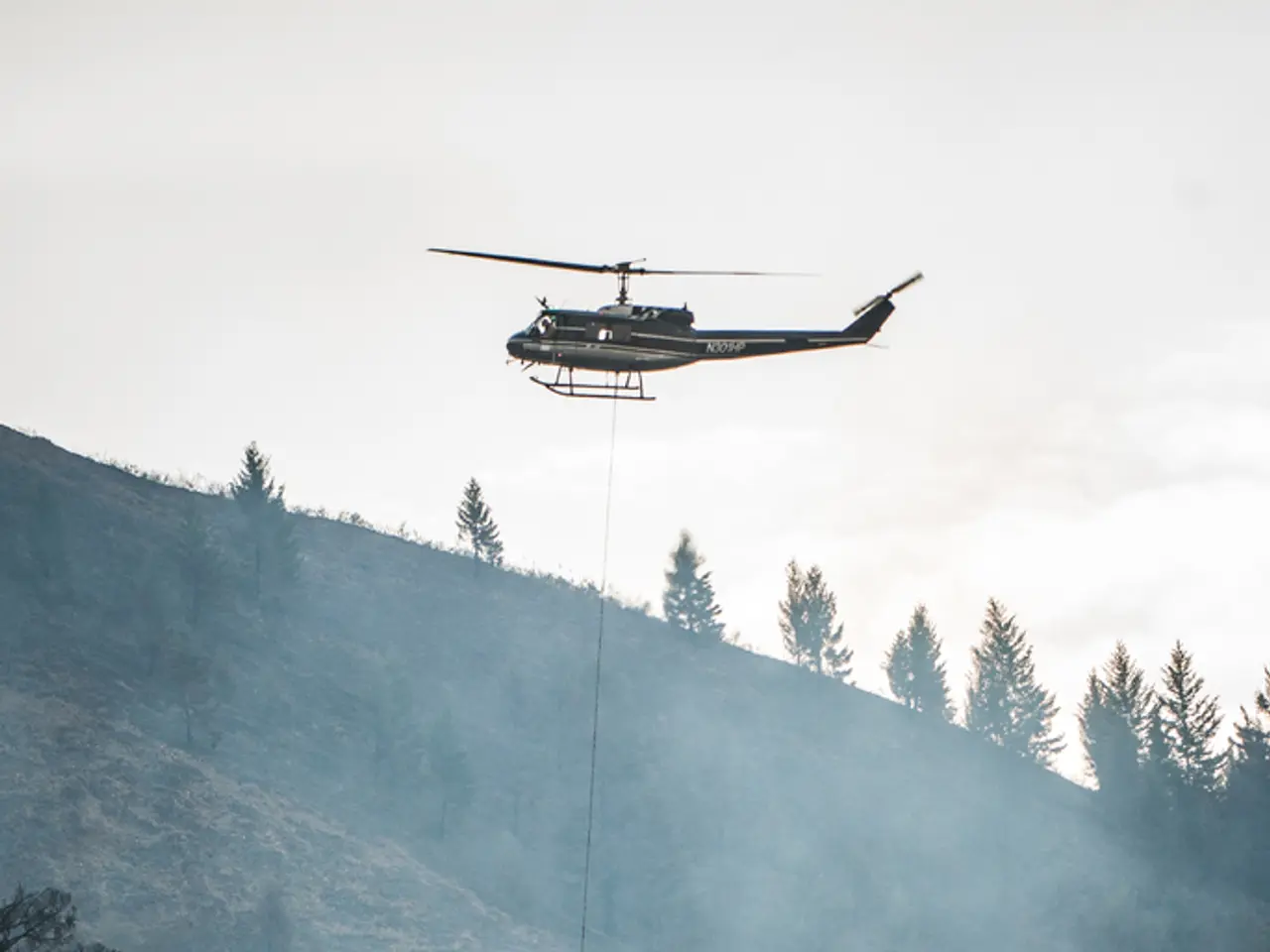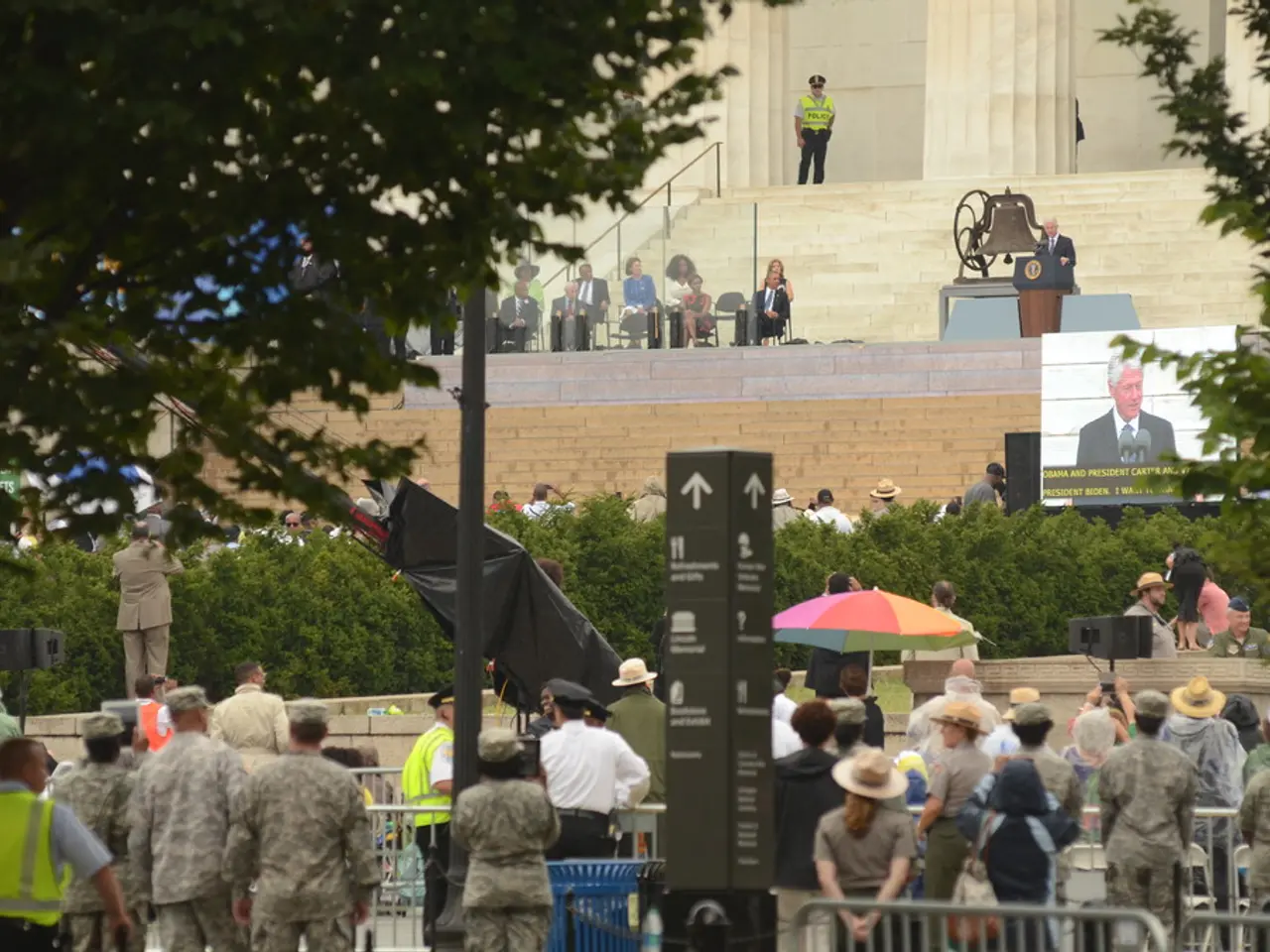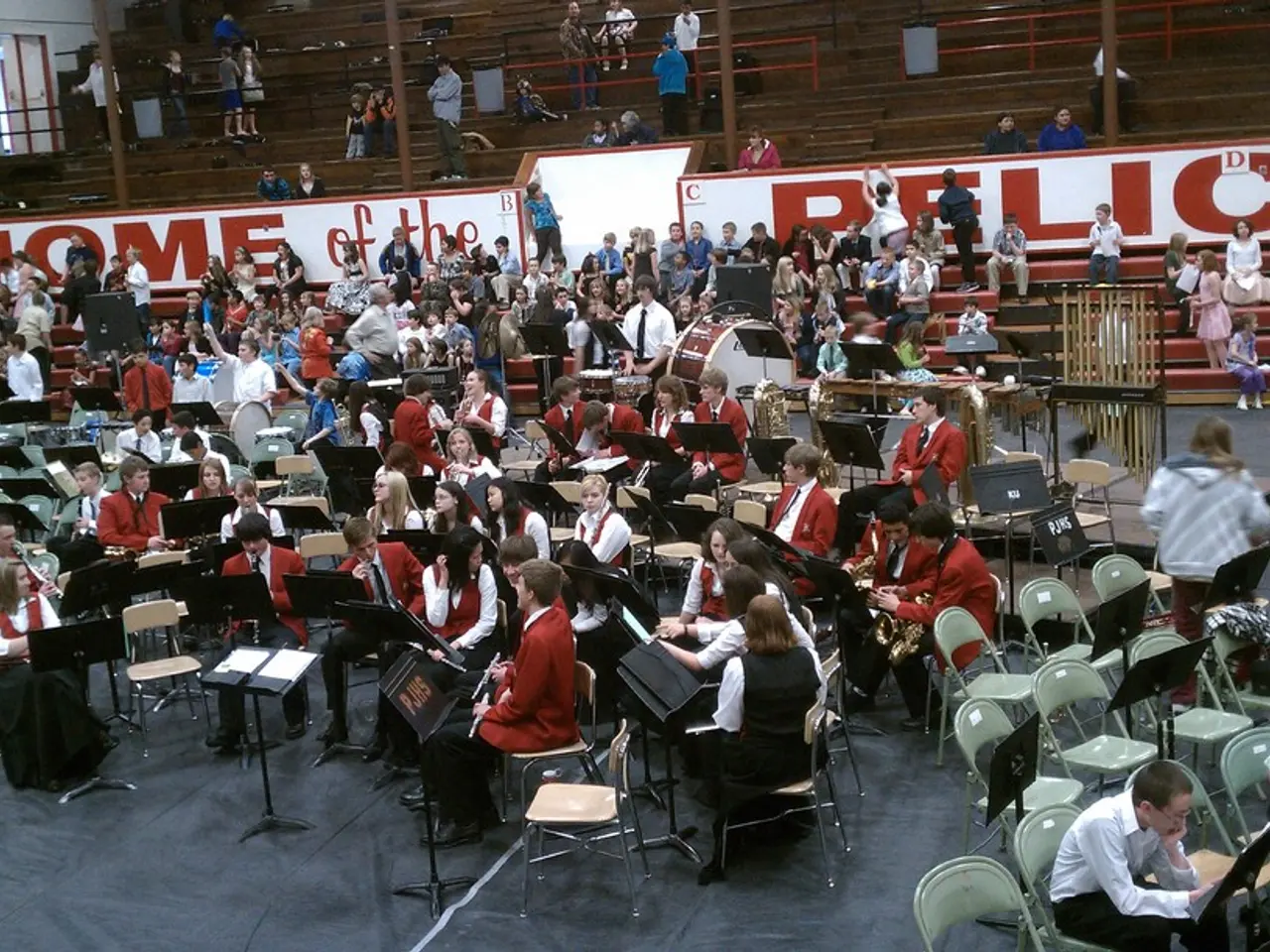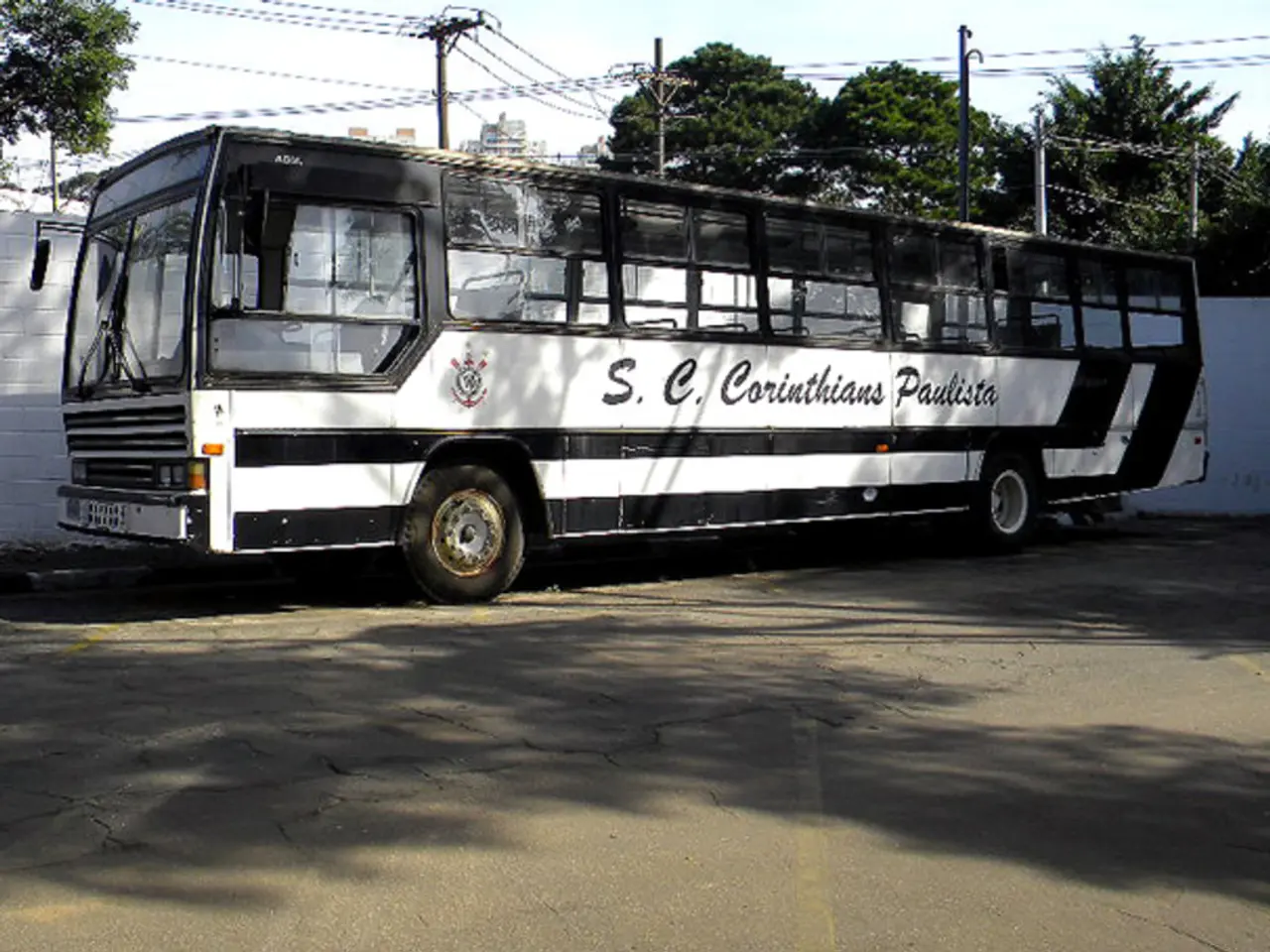Helicopter height discrepancy leads to collision in Washington: Investigation uncovers a substantial variation between given altitude data and helicopter's actual height
A deadly collision between a commercial airplane and an American military helicopter, which occurred near Ronald-Reagan Washington Airport on January 29, has been under investigation by the National Transportation Safety Board (NTSB) for over three months. The incident resulted in 67 deaths.
The NTSB, led by director Jennifer Homendy, has been focusing on the significant discrepancy between the radar altimeter and barometric altimeter on the Sikorsky Black Hawk helicopter involved in the crash. This discrepancy, ranging from 80 to 100 feet (24 to 30 meters), was primarily caused by the helicopter's older design and avionics.
The Black Hawk model, designed in the 1970s, uses an older style altimeter system lacking modern air data computers that improve altitude accuracy in newer helicopters. This older system resulted in a disparity between the radar altimeter and the barometric altimeter readings, with the flight data recorder showing the helicopter flying higher than the barometric altimeter indicated.
Investigators and Sikorsy experts explained that newer helicopters have air data computers that reconcile multiple sensors to provide more consistent and accurate altitude data. Meanwhile, the Black Hawk pilots relied mainly on the radar altimeter at low altitudes, cross-checking it with barometric readings, which can be less precise due to atmospheric pressure variations and older sensor technology.
The discrepancy was not considered alarming by some Army personnel because it fell within an expected range of error for these aircraft. However, it contributed to the helicopter flying above the prescribed 200-foot altitude limit on the Potomac River route, leading to the collision with the plane.
The NTSB's investigation involved intense questioning of experts and representatives from different parties involved in the crash. The hearings were held over three days. Marie Moler, one of the investigators, noted that the discrepancies observed are within the tolerated range in a controlled environment but exceeded this range during flight.
The NTSB continues to examine these discrepancies in relation to the crash. The significance of these discrepancies in relation to the crash is a major focus of the NTSB's investigation. Homendy emphasized that a difference of 100 feet is significant in this case, expressing concern about the discrepancies, stating that what the crew saw may have been different from the actual altitude.
[1] NTSB Preliminary Report: Helicopter and Airplane Collision Near Washington, D.C. [2] NTSB Investigation Update: Helicopter and Airplane Collision Near Washington, D.C. [3] NTSB Investigation Update: Helicopter and Airplane Collision Near Washington, D.C.
- The general news headlines update following the NTSB's investigation reveals a significant focus on the discrepancies between the radar altimeter and barometric altimeter on the Sikorsky Black Hawk helicopter involved in the crash, with politics potentially influencing safety regulations in sports aviation.
- Analyzing sports aviation's safety standards, an expert suggests that the outdated technology in the Black Hawk helicopter, along with crime-and-justice aspects surrounding the incident, raises concerns about the need for improvements in car-accidents prevention mechanisms in similar settings.
- Meanwhile, war-and-conflicts analysts find a parallel between the potential failure of communication and coordination between air traffic controllers and the helicopter pilots, and the challenges faced in crisis management during periods of national emergency.








